At the beginning of June, on the occasion of the WWDC 2022 developer conference, Apple presented us with new operating systems, with which it achieved quite a solid success among apple users. Lots of great features have arrived in iOS, iPadOS, watchOS and macOS. But even so, the new iPadOS lags behind the others and receives rather negative feedback from users. Unfortunately, Apple paid the price here for the fact that has plagued Apple iPads since April of last year, when the iPad Pro with the M1 chip applied for the floor.
It could be interest you
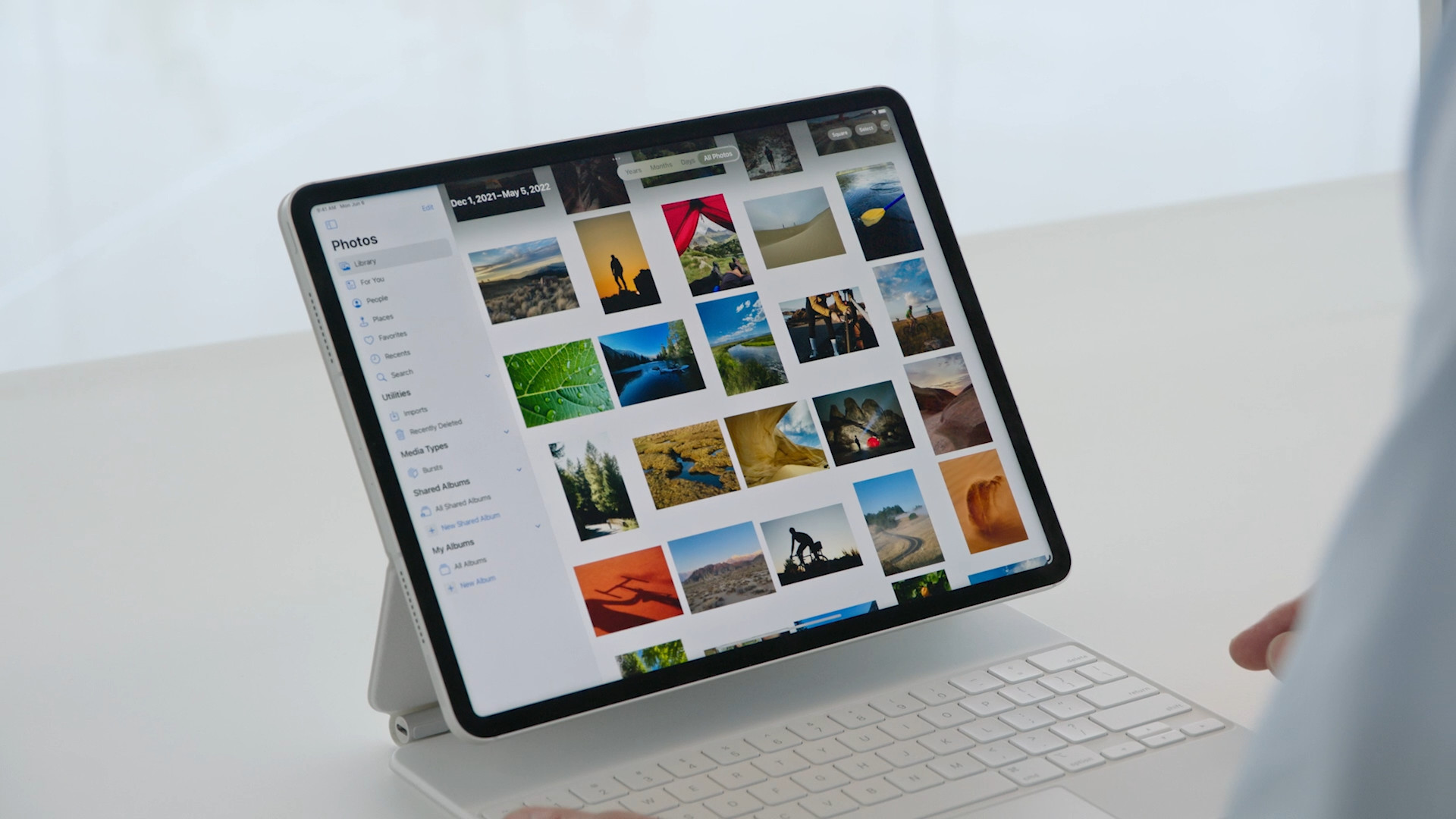
Today's Apple tablets have a very decent performance, but they are severely limited by their operating system. We could therefore describe iPadOS as an enlarged copy of iOS. After all, the system was actually created with this goal in mind, but since then the aforementioned iPads have improved considerably. In a way, Apple itself adds "fuel to the fire". It presents its iPads as a full-fledged alternative to Macs, which users understandably don't like very much.
iPadOS doesn't live up to users' expectations
Even before the arrival of the iPadOS 15 operating system, there was a passionate discussion among Apple fans about whether Apple would finally succeed in bringing about the desired change. In this regard, it is most often said that the system for apple tablets should be closer to macOS and offer more or less the same options that facilitate the so-called multitasking. Therefore, it would not be a bad idea to replace the current Split View, with the help of which two application windows can be switched on next to each other, with classic windows from the desktop in combination with the lower Dock bar. Although users have been calling for a similar change for a long time, Apple still hasn't decided on it.
Even so, he has now taken a step in the right direction. It brought a rather interesting function called Stage Manager to the new macOS and iPadOS systems, which aims to support productivity and significantly facilitate multitasking. In practice, users will be able to change the size of the windows and quickly switch between them, which should overall speed up the work workflow. Even in such a case, there is no lack of support for external displays, where the iPad can handle up to a 6K resolution monitor. In the end, the user can work with up to four windows on the tablet and another four on the external display. But there is one important but. The feature will be available only on iPads with M1. Specifically, on the modern iPad Pro and iPad Air. Despite the fact that Apple users finally got some long-awaited change, they still won't be able to use it, at least not on iPads with chips from the A-Series family.
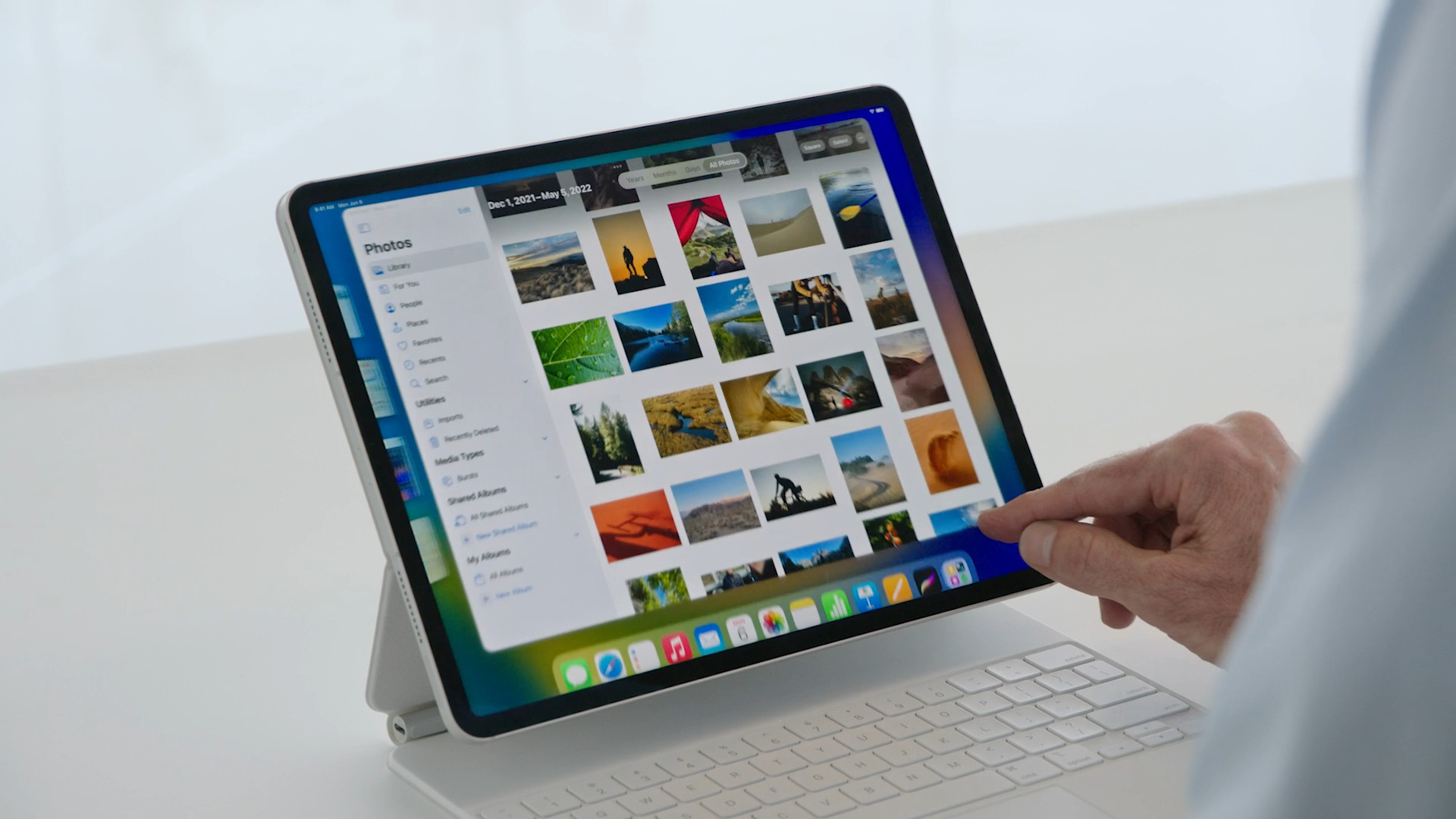
Disgruntled apple pickers
Apple probably misinterpreted the long-standing pleas of apple users. For a long time, they have been asking for iPads with the M1 chip to simply do a lot more. But Apple took this wish at their word and practically completely forgot about the older models. It is because of this that many users are now dissatisfied. Apple's vice president of software engineering, Craig Federighi, argues in this regard that only devices with the M1 chip have enough power to be able to run all applications at once, and above all to offer them responsiveness and generally smooth operation. However, this, on the other hand, opens the discussion as to whether Stage Manager could not be deployed on older models as well, just in a slightly more limited form - for example, with support for a maximum of two/three windows without support for an external display.
It could be interest you
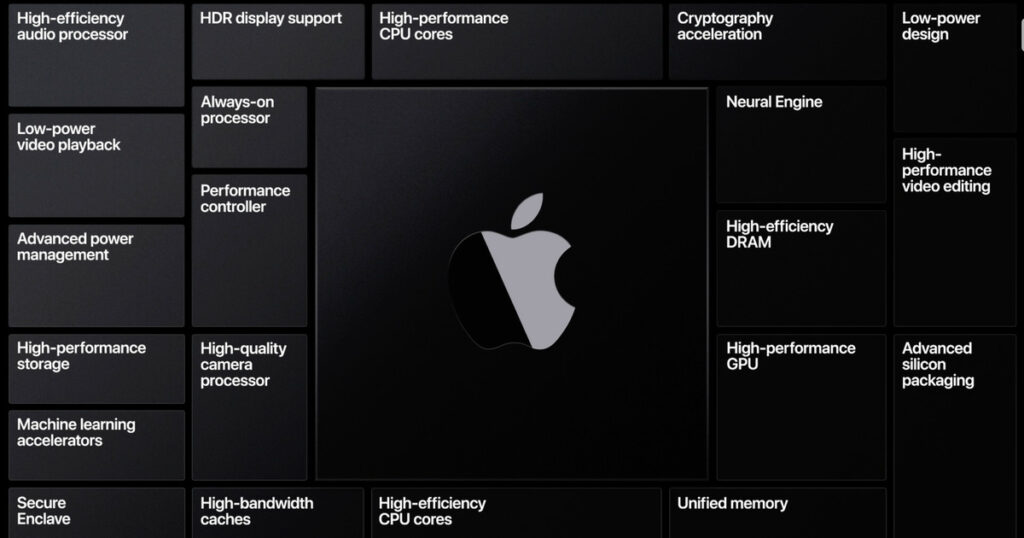
Another shortcoming is professional applications. For example, Final Cut Pro, which would be great for editing videos on the go, is still not available for iPads. In addition, today's iPads should not have the slightest problem with it - they have performance to give away, and the software itself is also ready to run on the given chip architecture. It's quite strange that Apple is suddenly undervaluing its own A-Series chips so significantly. It was not so long ago when, when revealing the transition to Apple, Silicon provided developers with a modified Mac mini with an A12Z chip, which had no problem running macOS or playing Shadow of the Tomb Raider. When the device got into the hands of developers back then, the Apple forums were immediately flooded with enthusiasm about how beautifully everything worked - and that was just the chip for iPads.
- Apple products can be purchased for example at AlgeIn iStores whether Mobile Emergency
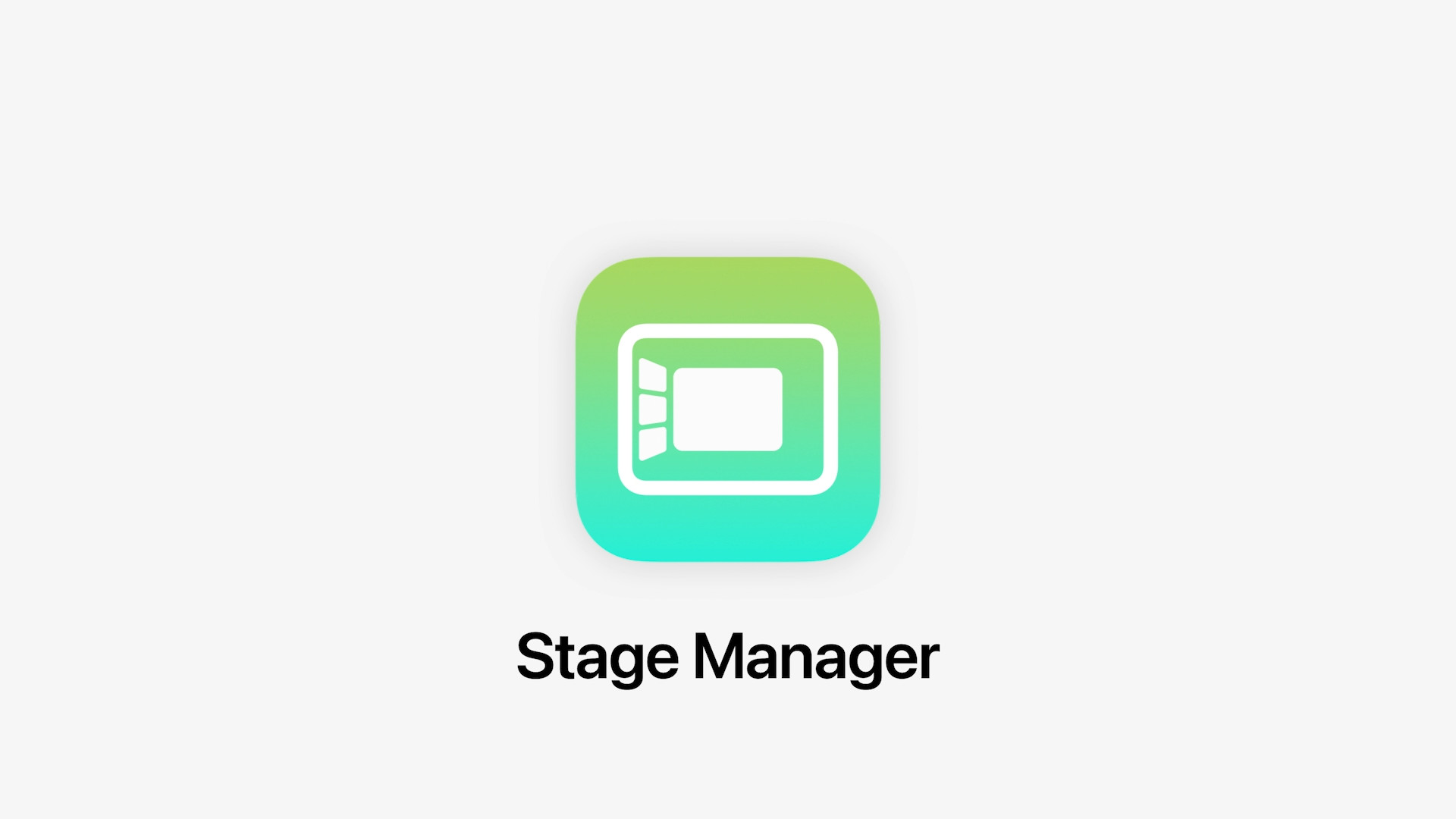

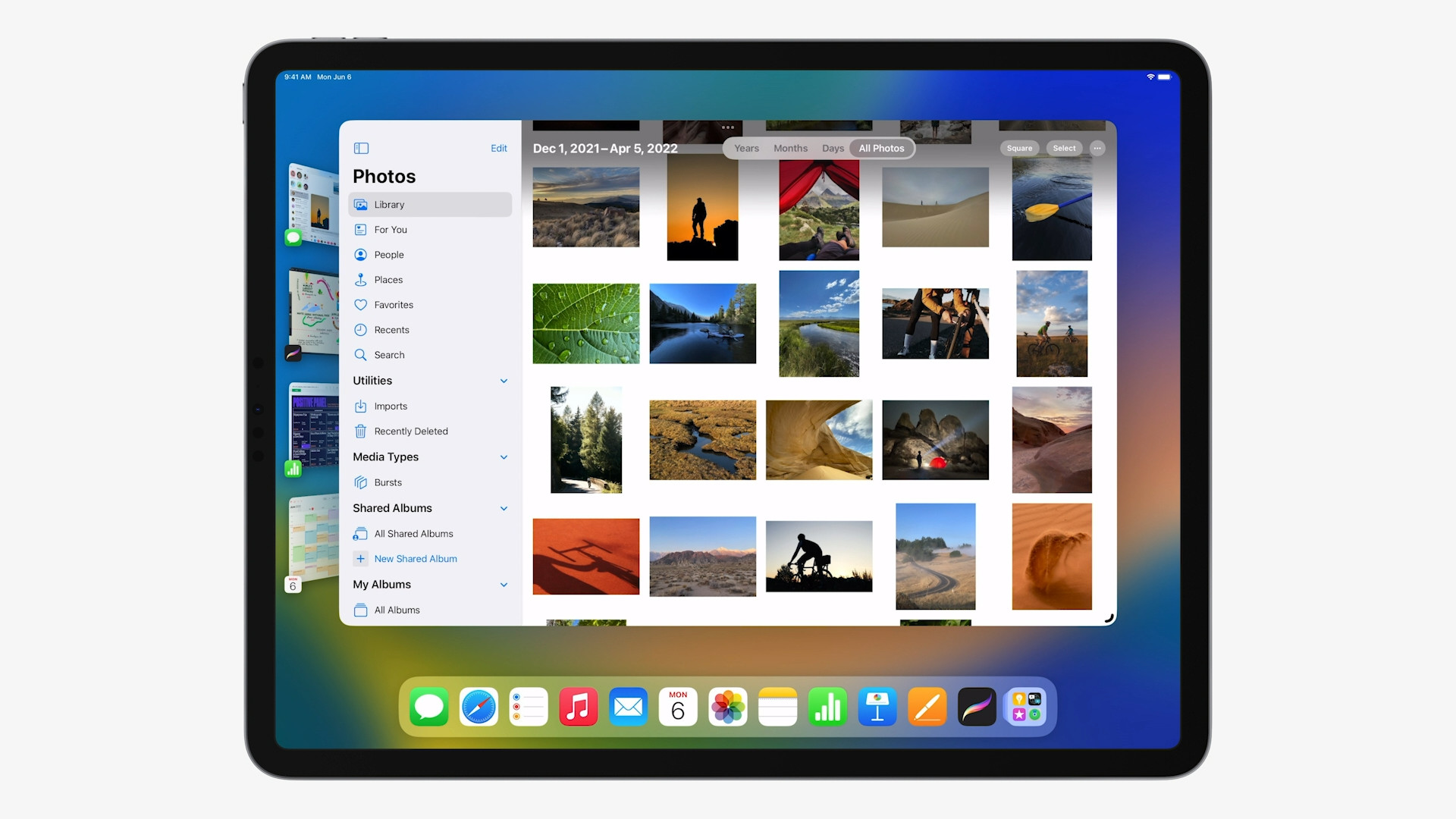
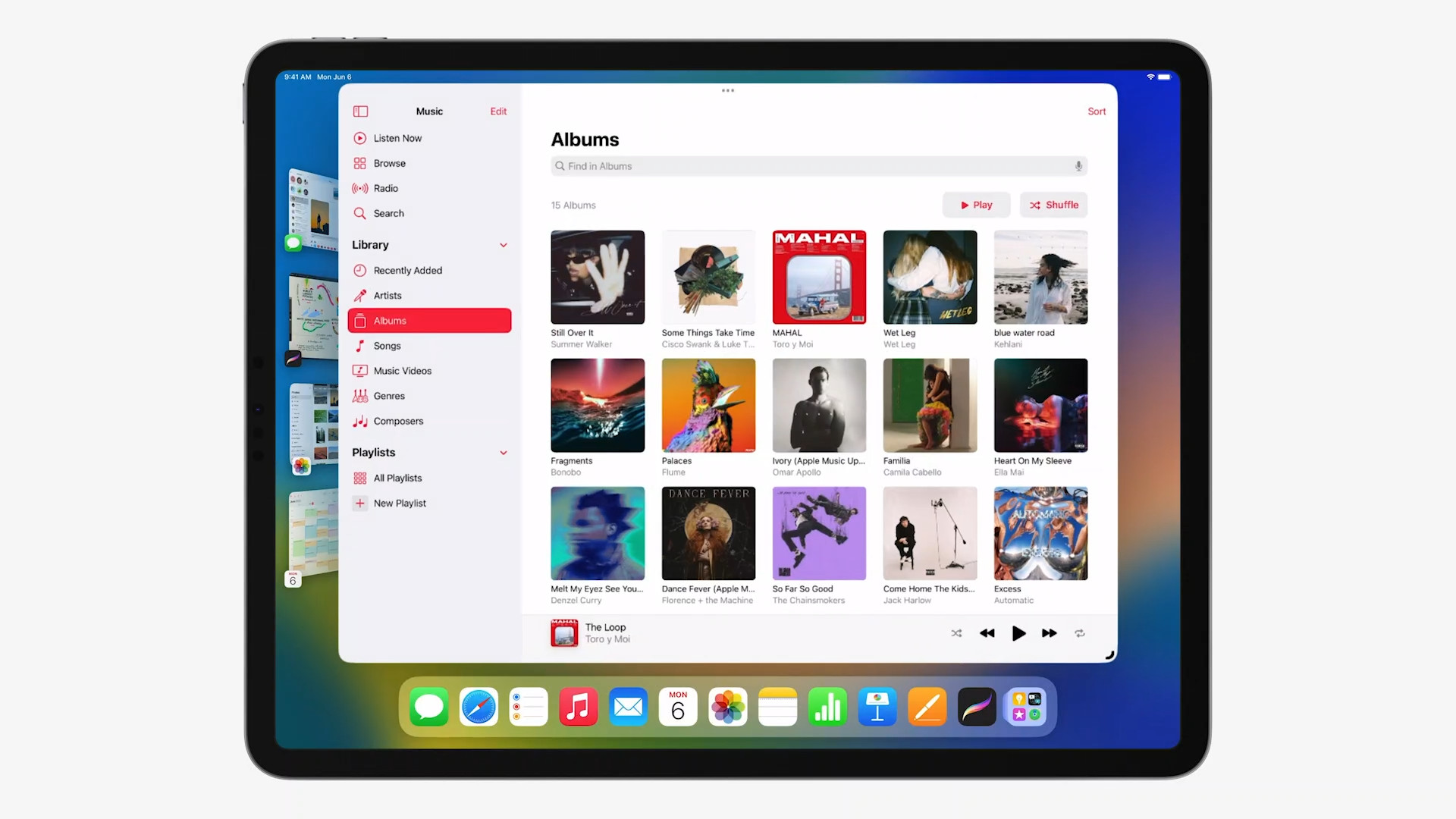
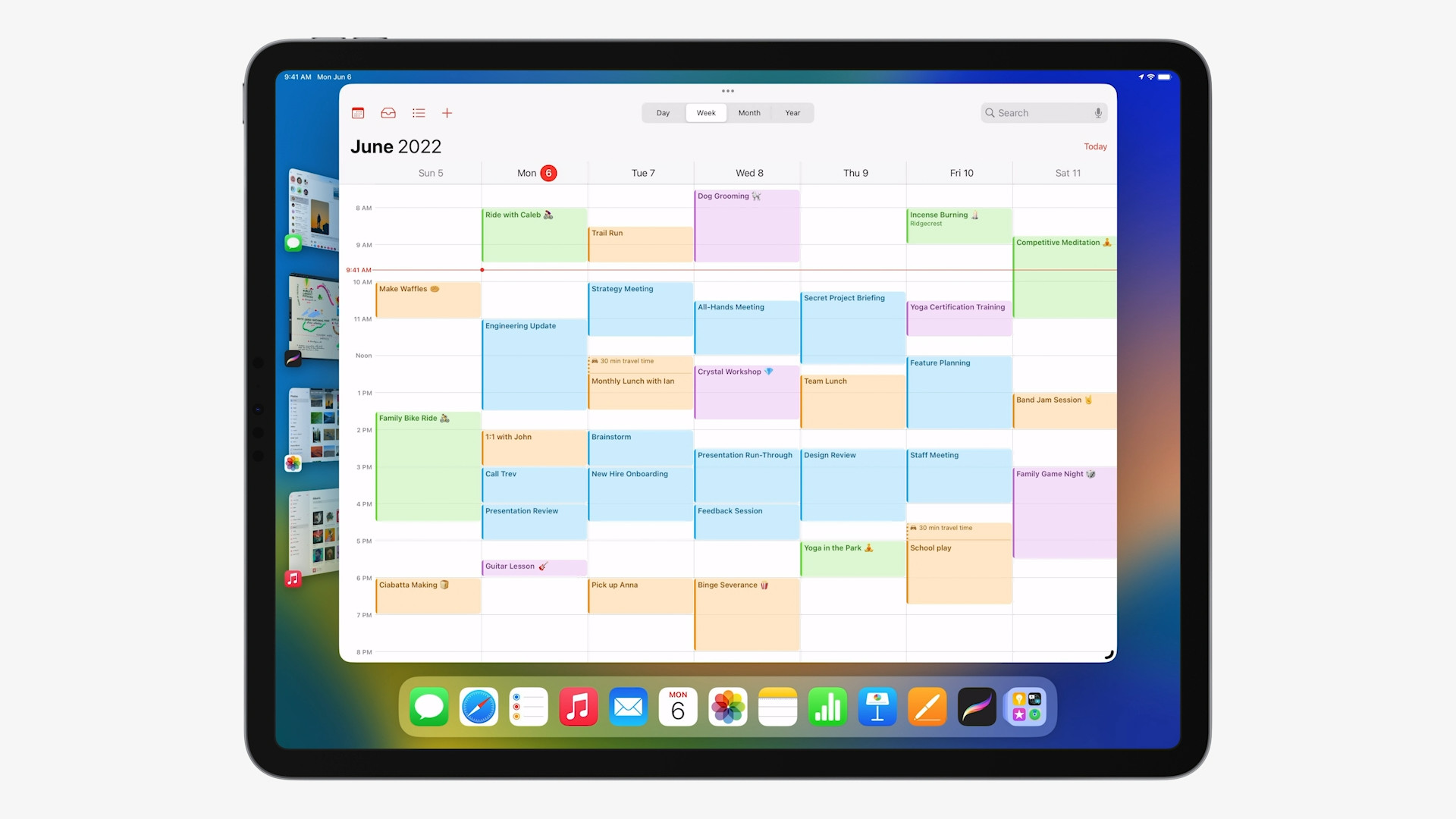

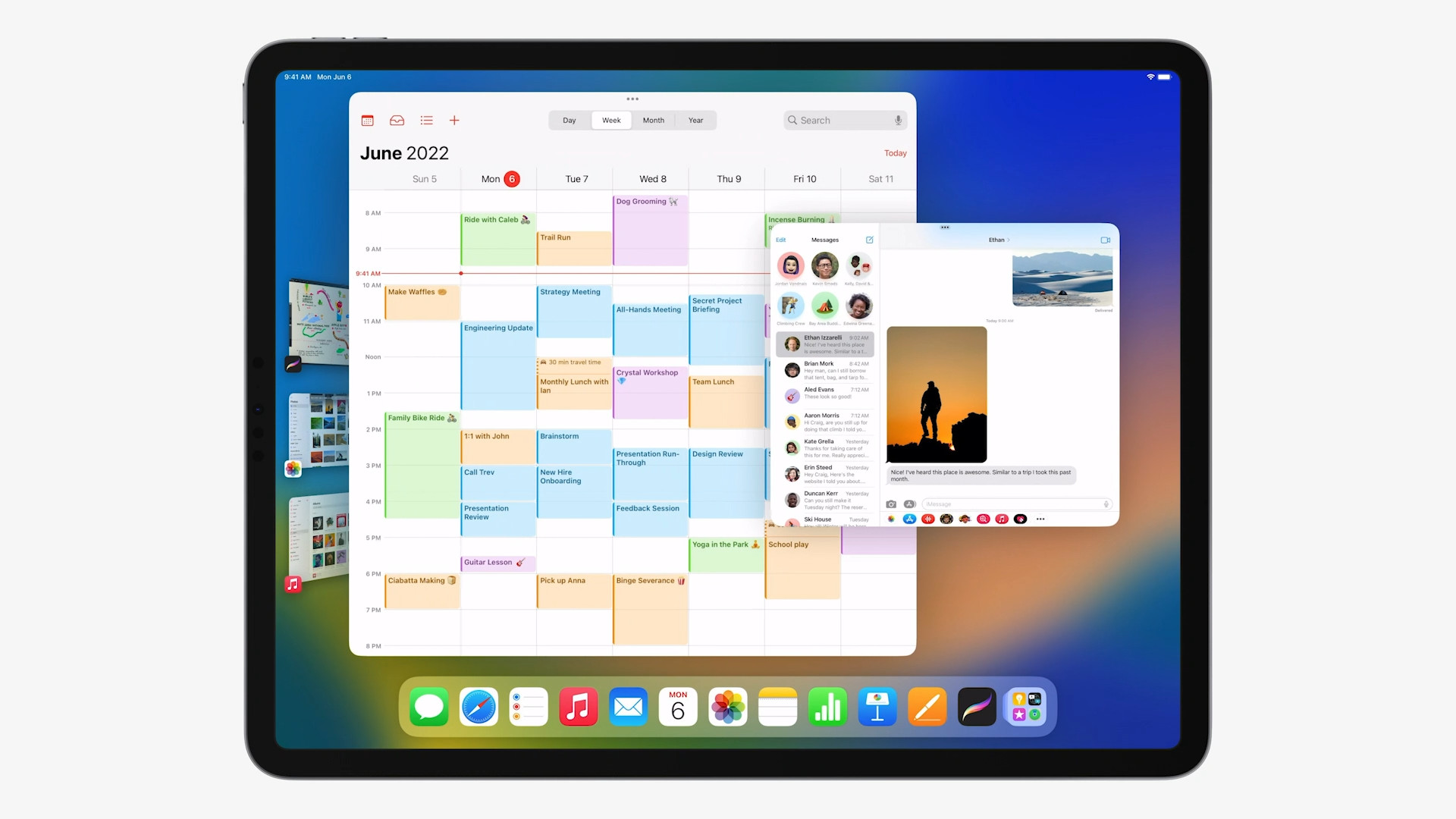
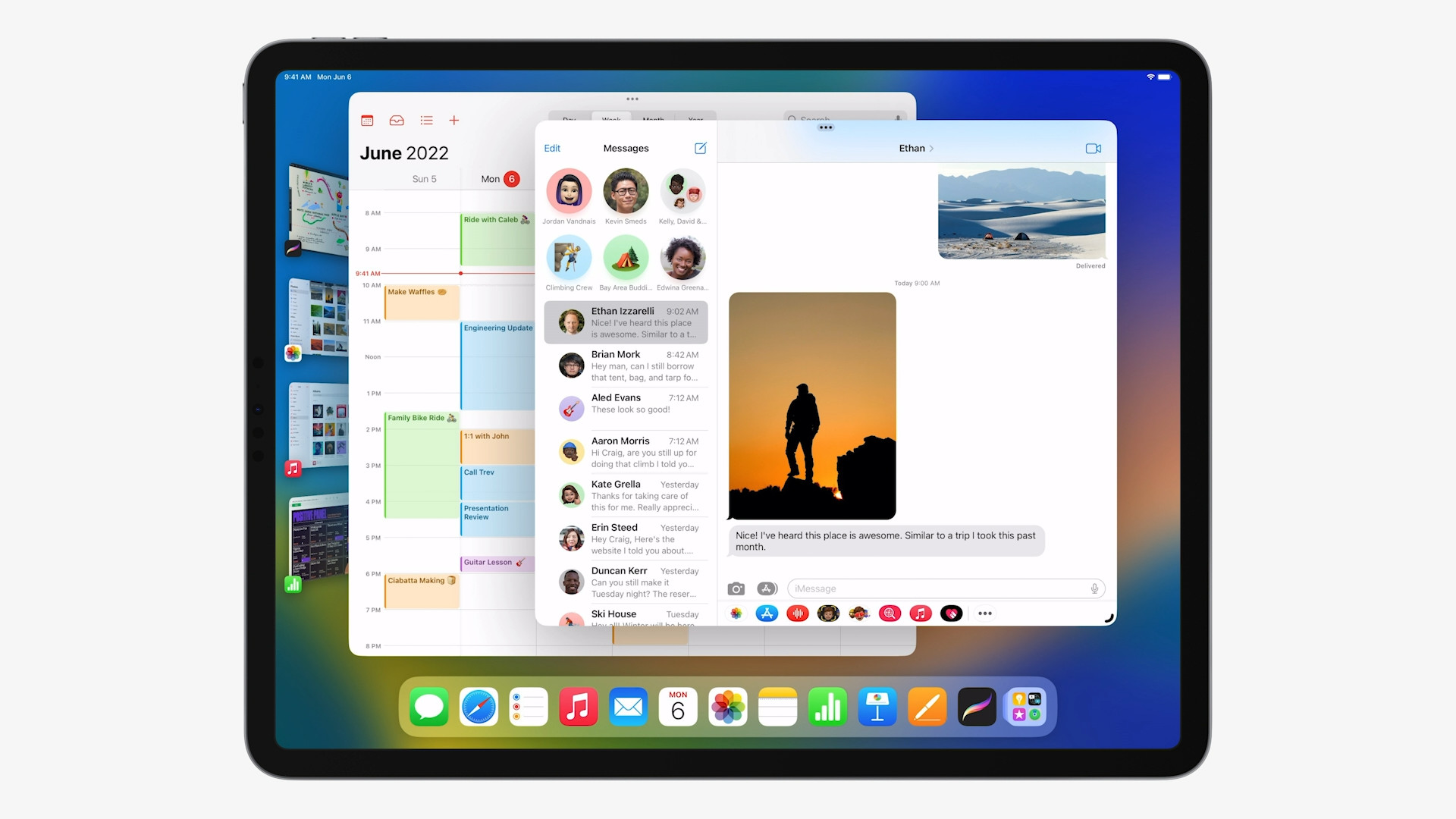
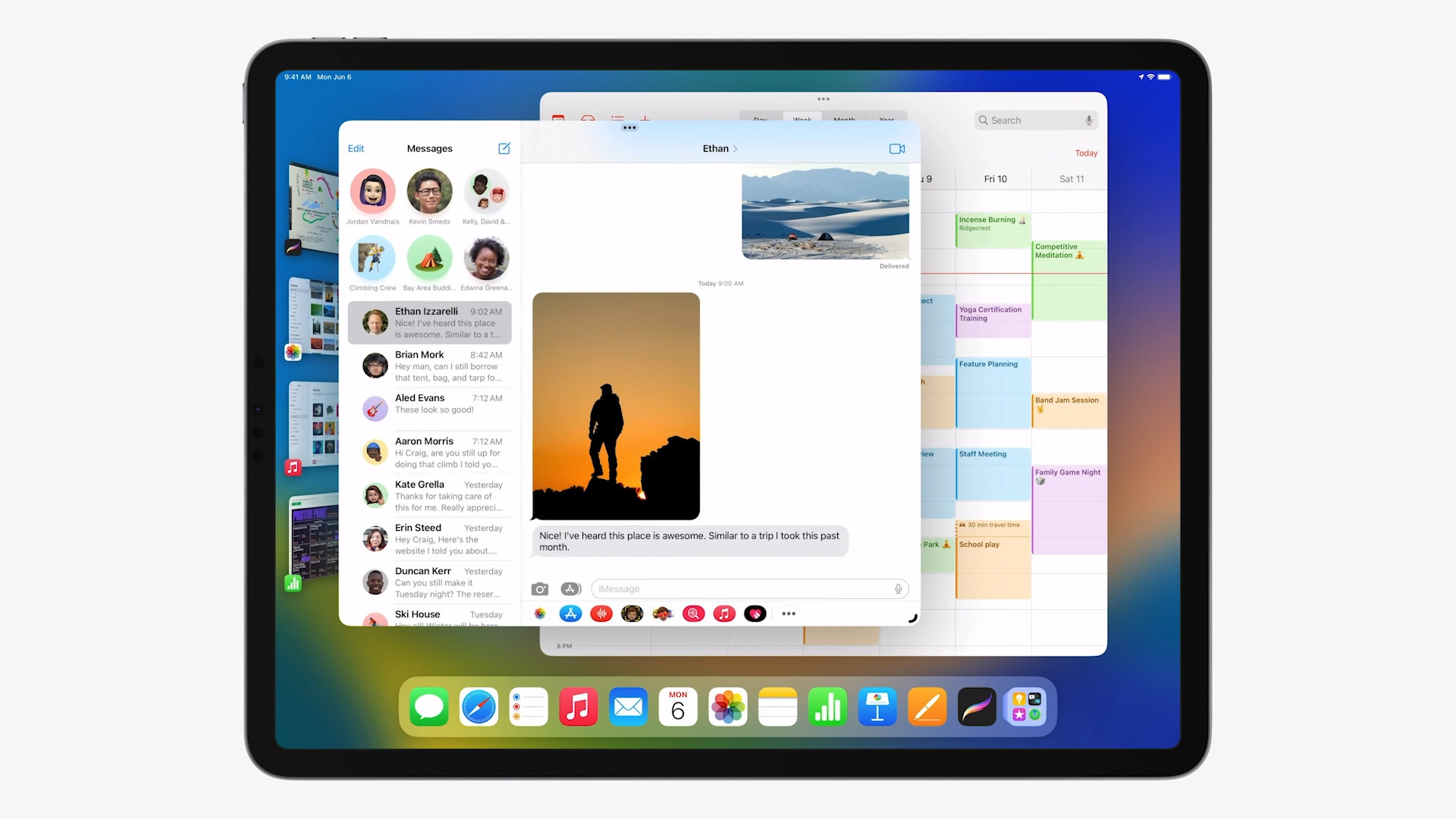
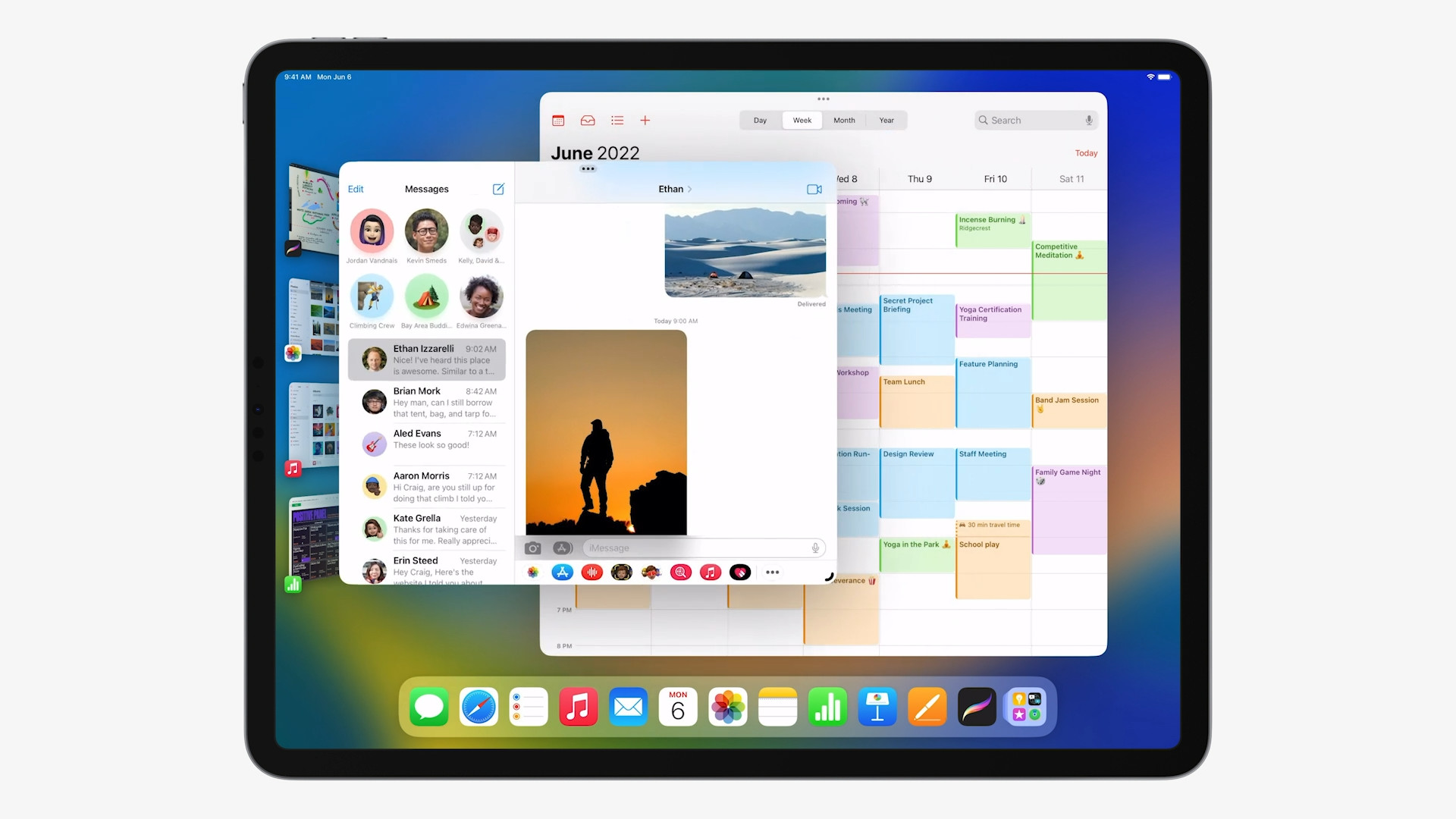
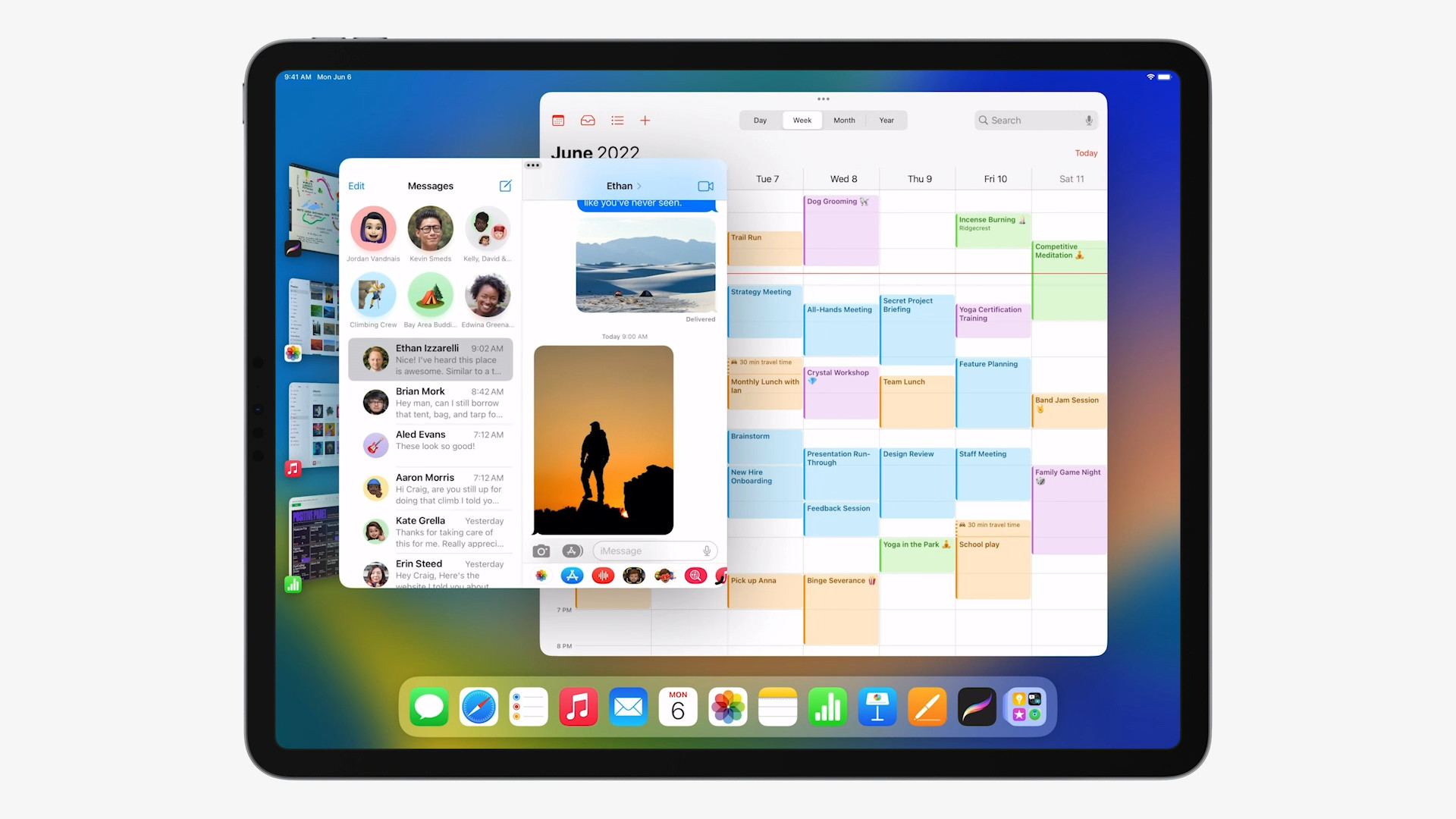
 Flying around the world with Apple
Flying around the world with Apple